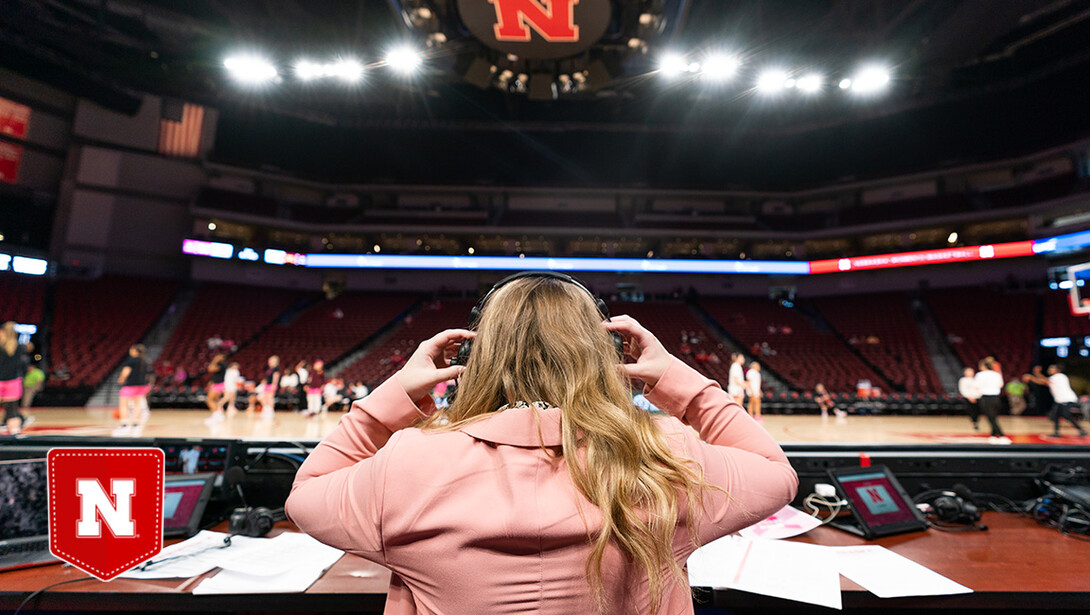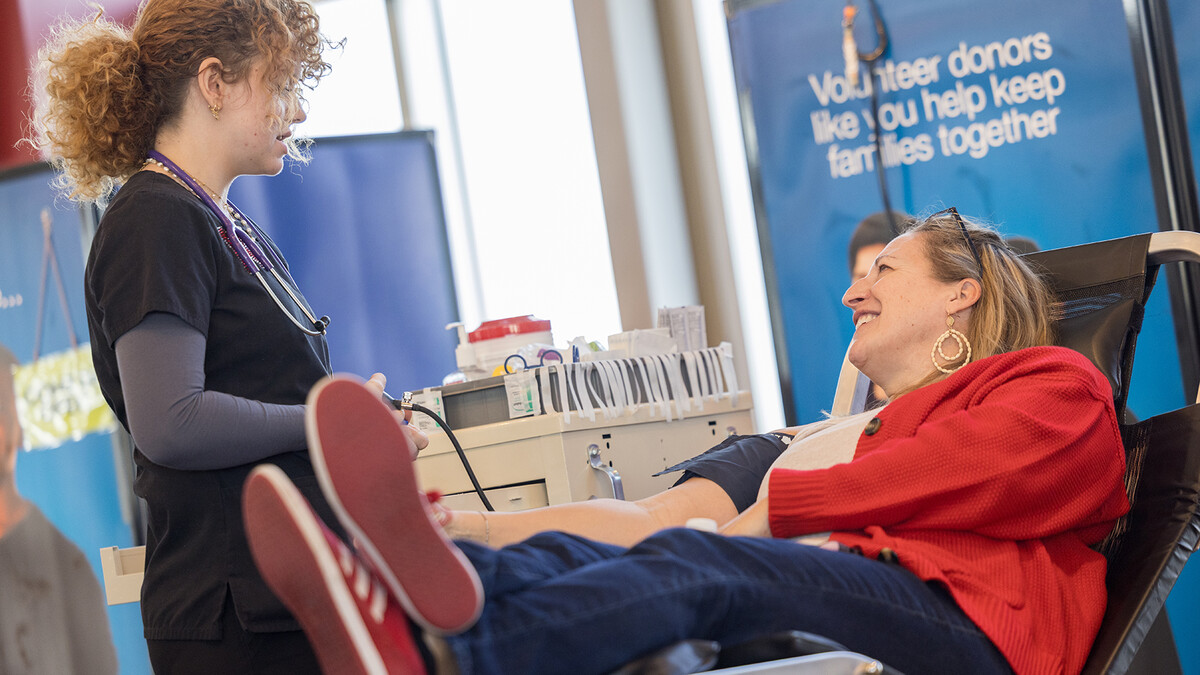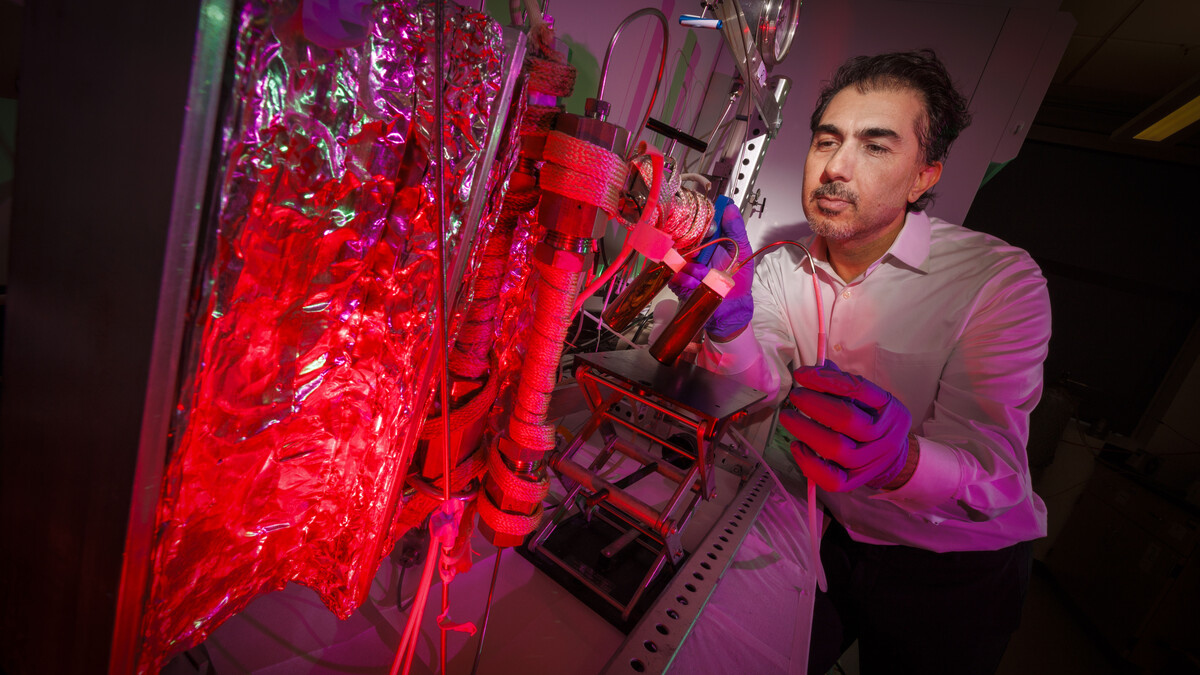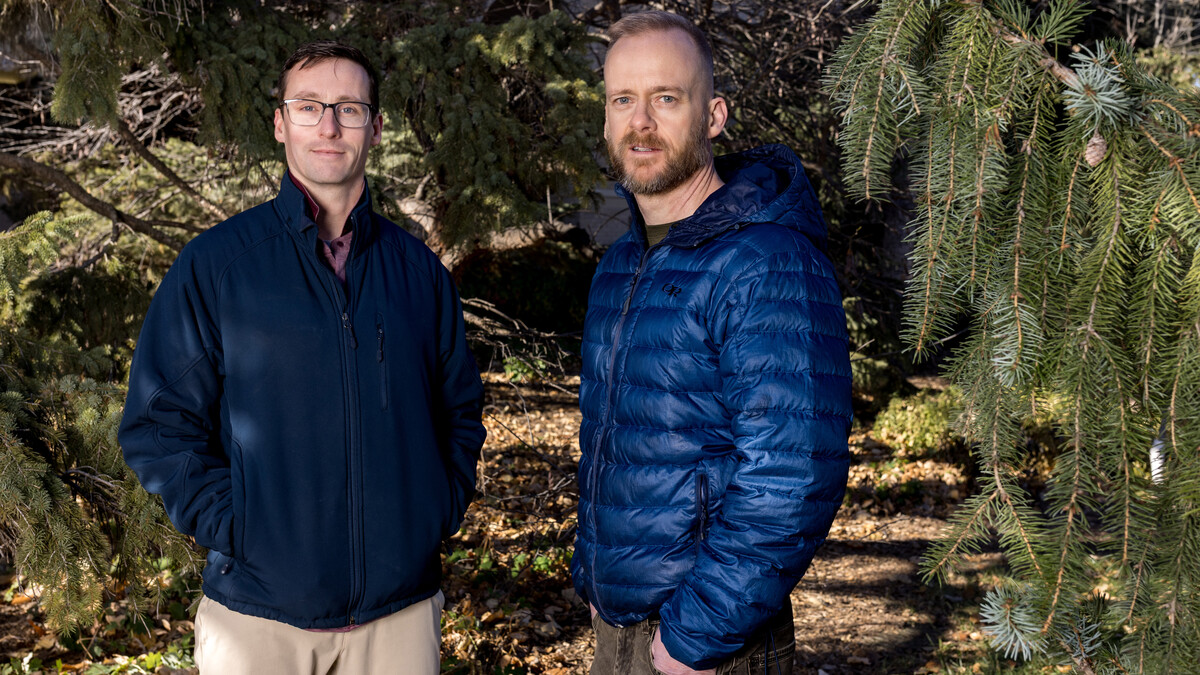
Welcome to Pocket Science: a glimpse at recent research from Husker scientists and engineers. For those who want to quickly learn the “What,” “So what” and “Now what” of Husker research.
What?
Sports are a massive — and growing — economic force in the United States and around the globe, opening new opportunities for careers.
In response to this, many colleges and universities have added sports media and communication programs, but the curriculum can differ widely from school to school, and many programs lack coursework in strategic communications and public relations, two areas growing faster than sports journalism. Previous research illustrated how important public relations acumen will be for many careers within the sports world, with the U.S. Bureau of Labor and Statistics projecting a 6% growth of jobs in the sports PR field.
So what?
New research from Husker scholars Betsy Emmons, associate professor of advertising, and Brian Petrotta, assistant professor of sports media and communication, examined the curricular landscape of sports media and communication programs at 78 colleges and universities across the United States to see how public relations coursework was folded into the programs.
The researchers noted that universities of all types were likely to offer sports communication undergraduate programs and that the programs were most often housed in journalism and/or communication departments and schools, followed by arts and sciences.
Most of the programs (89.7%) only offered one dedicated public relations or sports promotion course within their programs, and sports public relations or strategic communication courses varied in title and content. Only 18% of the institutions listed formal relationships with their athletic departments and were exclusive to universities with an enrollment less than 10,000.
Now what?
With most jobs available to graduates from these programs likely to involve public relations and strategic communications, rather than journalism or broadcasting, foundational coursework in public relations and strategic communications is “vital,” the authors wrote, but few sports communication programs include more than one course and the course content diverges across these programs.
The authors suggest that further alignment of coursework around skills the industry demands is needed, and future research should include those teaching the coursework and those working in sports media.







